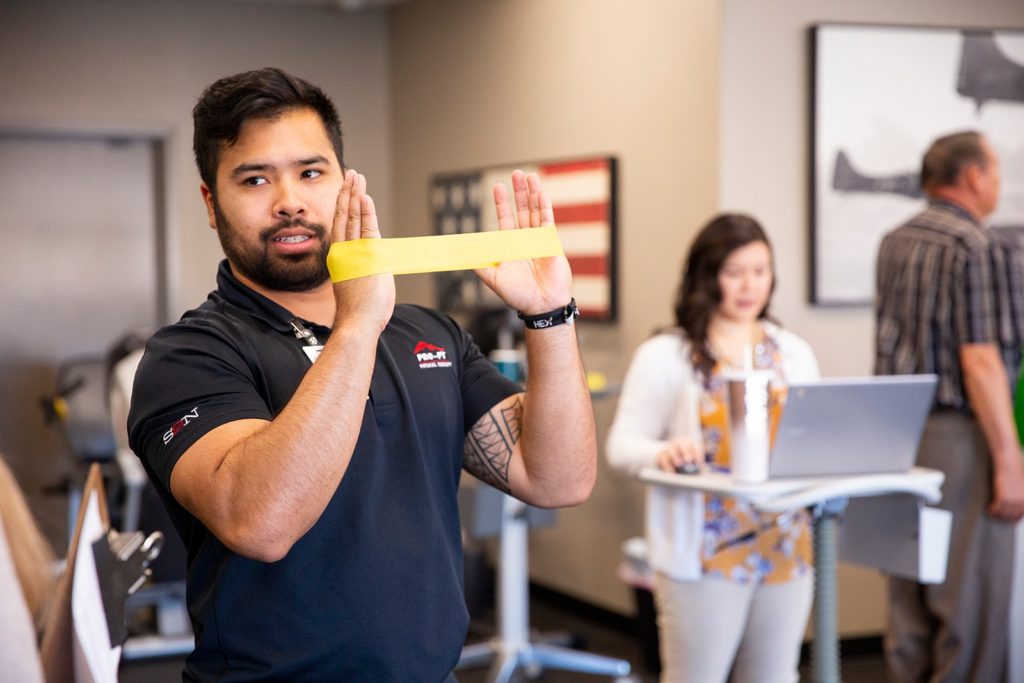The Essential Impact of Resistance Training on Enhancing Rehabilitation and Performance in Athletic Rehabilitation
The Essential Impact of Resistance Training on Enhancing Rehabilitation and Performance in Athletic Rehabilitation
Blog Article
Strength conditioning holds a crucial part in athletic recovery, assisting sportspeople heal from injuries and enhance their overall performance. When an athlete sustains injured, their physique needs time to recover. However, during this rehabilitation phase, it is essential to preserve strength and flexibility to avoid further damages. Resistance training can be customized to fit the requirements of each athlete, concentrating on particular muscular groups that may have been impacted by the trauma. This targeted method not only aids in rehabilitation but also readies the individual to return to their activity stronger than previously.
One of the primary advantages of resistance conditioning in rehabilitation is its ability to improve muscular power and stamina. When muscles are stronger, they can better support articulations and reduce the chance of re-injury. For example, an individual healing from a leg injury can benefit from workouts that fortify the thigh muscles and hamstrings. These muscles play a vital part in supporting the leg articulation. By including resistance training into their recovery plan, individuals can recover their strength more effectively and safely.
In addition to building strength, resistance conditioning also enhances mobility and scope of movement. Many traumas can lead to stiffness in the affected region, making it difficult for athletes to move freely. Strength training exercises often involve stretching and elongating the muscular tissues, which can assist reestablish mobility. For example, adding resistance bands or dumbbells into stretching programs can enhance the efficacy of these workouts. As mobility enhances, athletes can perform actions more efficiently, which is crucial for peak performance in their sport.
Another crucial aspect of strength conditioning Discover More in athletic recovery is its positive impact on mental health. Healing from an injury can be a challenging and frustrating experience for athletes. Engaging in strength training can offer a feeling of achievement and boost self-esteem. As individuals see gains in their strength and abilities, they may experience more driven to continue their rehabilitation process. This psychological boost can be just as important as the physical advantages, as a optimistic mindset can lead to improved results in rehabilitation.
Finally, resistance conditioning can assist individuals move back to their sport more smoothly. Once they have regained their strength and flexibility, athletes must to rehearse activity-specific movements to ensure they are ready for competition. Strength conditioning can be combined with sport-specific drills to create a comprehensive recovery plan. This blend allows athletes to not only recover but also improve their performance. By focusing on both recovery and performance, strength training becomes an essential instrument in the rehabilitation process, helping athletes come back to their activity more robust and more durable.